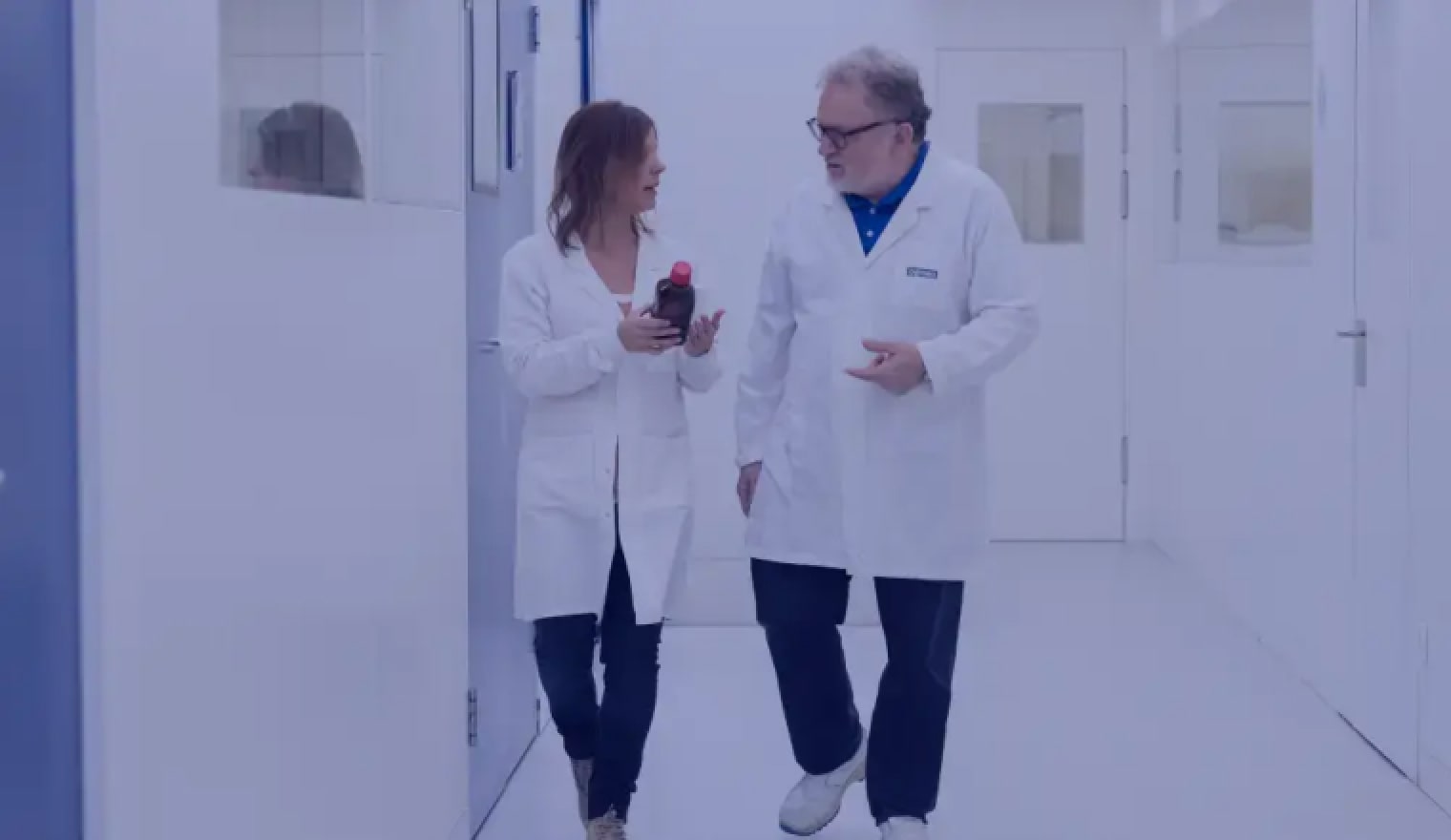Xerostomia


What is it?
Xerostomia is the subjective sensation of a dry mouth due to reduced saliva, often caused by altered salivary gland function. Saliva in the mouth is crucial to maintain balance among oral microorganisms, helping prevent conditions such as cavities, gum disease, and halitosis, among others.
Origin
Reversible xerostomia
This condition is characterised by detectable residual glandular activity, allowing for stimulation or regulation of salivary secretion.
Reversible xerostomia can be caused by factors such as medications, stress, an unbalanced diet, or public speaking.
Irreversible xerostomia
There is irreparable damage to the glands that prevents them from functioning. This clinical picture can be found in patients diagnosed with Sjögren's syndrome or patients with head and neck cancer who receive high doses of radiation therapy.
Symptoms
Dry and irritated mouth.
Nighttime dryness and difficulty sleeping.
Tooth sensitivity.
Halitosis (bad breath).
Difficulty chewing, swallowing and speaking.
Burning mouth and tongue.
Taste alterations that lead to the perception of a metallic taste.
Causes
Public speaking: increases the need for saliva to facilitate clearer vocalisation.
Stress, anxiety and depression: impact the central nervous system, affecting various organs and glands throughout the body, including the salivary glands.
Diabetes and other systemic diseases also affect the entire body, altering glandular activity.
Certain medications: antihistamines, antihypertensives, diuretics and cancer treatments, etc.
Absence of teeth: diminishes stimuli in the mouth, resulting in lower saliva production.
Unbalanced diet characterised by excessive carbohydrates and a lack of fruits and vegetables.
Tobacco and alcohol consumption: can decrease salivary secretion by inhibiting nerve impulse transmission.
Link to General Health
A lack of moisture in the oral cavity can lead to various clinical manifestations that diminish the quality of life of patients suffering from xerostomia: Dryness, redness, irritation and cracks in soft tissues, which can make them more susceptible to opportunistic microorganisms.
Inflammation of the mucosa (stomatitis) and of the gums (gingivitis).
Painful ulcerations and local infections caused by fungi, such as candidiasis, as well as fissures in the lips or halitosis.
Pharyngitis, laryngitis, dyspepsia or constipation.
Carious lesions and tooth sensitivity.
Additionally, since this condition may be linked to other systemic diseases, its management often requires the collaboration of multiple healthcare professionals, including dentists and medical specialists for each specific condition.
We maintain a press room that offers information of interest to the community regarding news in the oral health sector and updates from Dentaid. Stay informed on the latest trends.

We collaborate with dentists, hygienists, pharmacists and general health professionals, co-creating knowledge and offering training that facilitates the development of their work.
Cookie Policy
We use our own and third-party cookies to analyse website usage and display ads tailored to your preferences based on a profile created from your browsing habits (e.g., pages visited).
You can accept or reject all cookies, or customise your preferences.